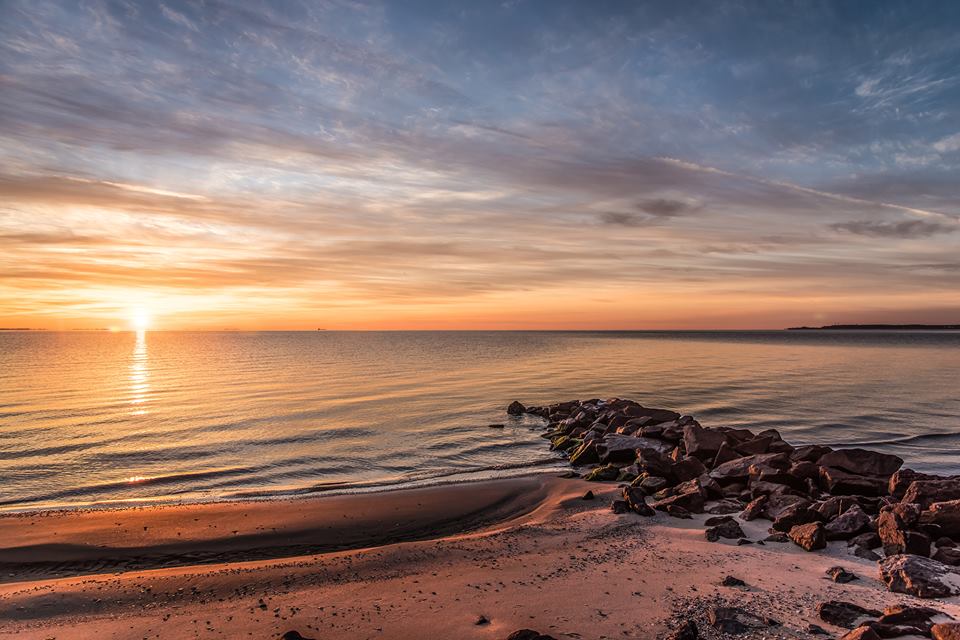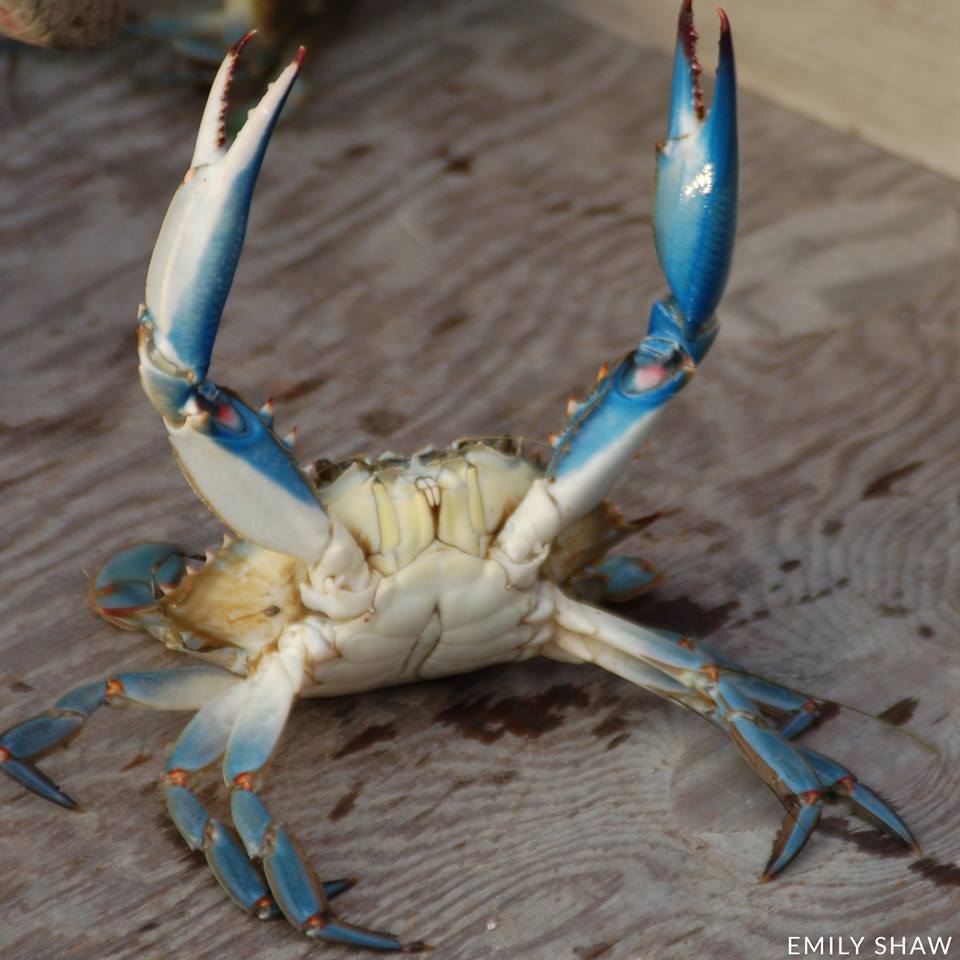April means it's time to hit the water in search of delicious blue crabs. Whether you put out pots or just set a few lines, try your hand at catching some soon!
The crabbing laws in Maryland are surprisingly in favor of recreational crabbing. You can view the full list of regulations here, but these are some of the highlights. Keep in mind, "Maryland" starts at the tidal shoreline, even if you're on the Virginia side of the Chesapeake Bay.
Where can you go crabbing in Maryland?
The crabbing rules are broken up into rivers, creeks, and tributaries versus the Chesapeake Bay Mainstem. Check a map to see which category your favorite crabbing spot falls into.
When can you go crabbing in Maryland?
For rivers creeks and tributaries, crabbing season starts in the month of April and goes until December 15. In the months of April, October, November, and December, you can crab from 30 minutes after sunrise until sunset. From May through September, you can crab 30 minutes before sunrise until sunset.
In the Chesapeake Bay Mainstem, you can also crab April through December 15, but only from 30 minutes after sunrise until 5 p.m. during the months of April, October, November, and December. From May through September, you can crab 30 minutes before sunrise until 5 p.m.
On top of all this, no recreational crabbing is allowed on Wednesdays unless you're using handlines or dip nets or using crab pots on private property.

What kind of crabs can you keep?
First and foremost, you cannot keep female crabs of any kind (hard or peelers). For male crabs, it depends on the type and the time of year.
- Soft crabs must be at least 3.5 inches from point to point between April 1 and December 15.
- Male peeler crabs must be 3.25 inches or more from April 1 to July 14, and 3.5 inches from July 15 to December 15.
- Male hard crabs must be at least 5 inches from point to point between April 1 and July 14, and 5.25 inches from July 15 to December 15.
How many crabs can you keep without getting a license?
Without a license, a person can take home 24 male hard crabs and up to 12 total male peelers or soft crabs if you're crabbing from shore, an unlicensed boat, or from waterfront crab pots.
Unlicensed boats can get more crabs depending on the number of people with licenses, so be sure to check the regulations and view the full chart of daily allowances.

What do you need to start crabbing?
If you want to try your hand at crabbing without spending too much money, all you need is some bait, some string, and a net. Raw chicken necks make great bait -- they are very inexpensive and they're big enough that you can attract a few crabs at a time. Simply tie one on the end of a string and lower it into the water.
If you're crabbing from a pier, let it down until you can feel it reach bottom, then pull it up a little. Once you start feeling the crabs tug at the bait, SLOWLY pull up your string. Use the net to scoop them up, and there you go! Keep your crabs in a covered bucket or cooler. They will try to escape.
For more information on the Maryland crabbing regulations, visit the e-regulations website.
**Photos in this article are courtesy of the Chesapeake Bay Foundation.
Are you a big crabber during the season? Let us know your best tips for first timers in the comments below!
